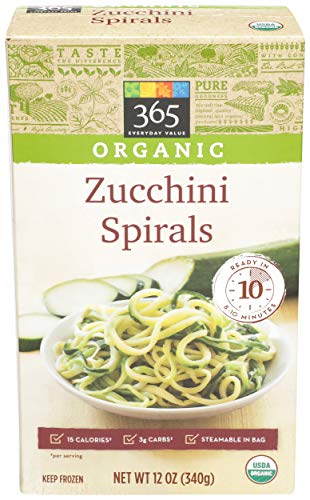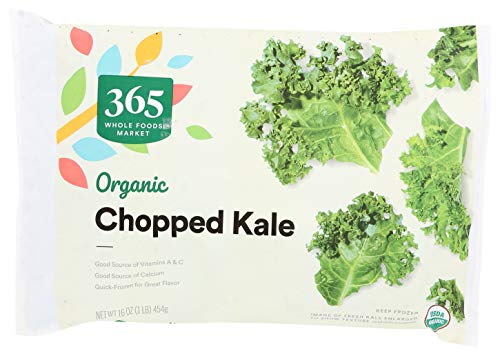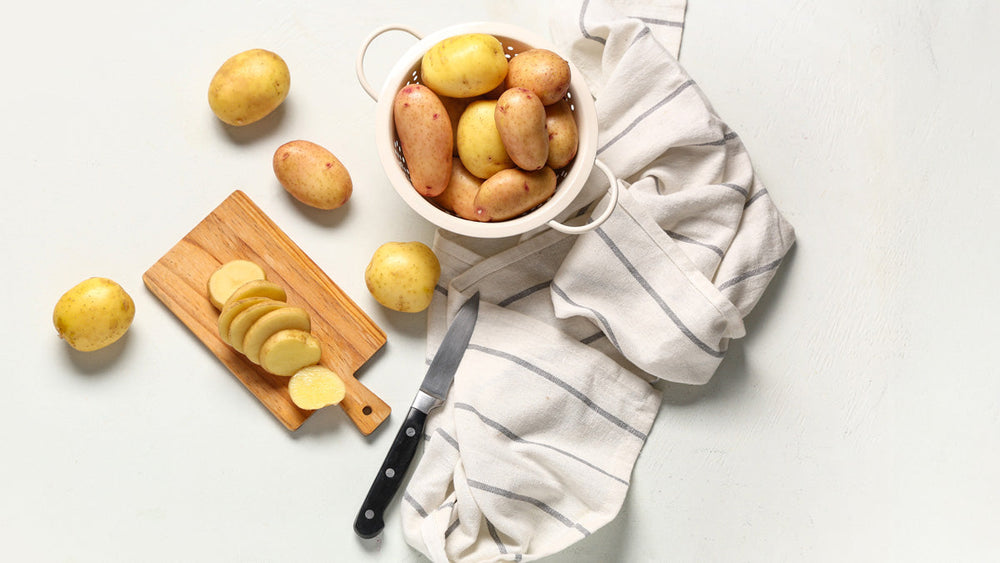Does it feel like your groceries last half the time they should?
When you’re changing your nutrition habits to manage IBS or GERD symptoms, trial and error with new recipes is already expensive--a fridge full of moldy berries, slimy greens, and questionable leftovers compounds the frustration and the cost. But simple storage solutions to prevent and fix common mistakes can help you keep your bloating and budget at bay.
Beyond helping to prevent post-infectious IBS with food safety, proper food storage helps both the world and your wallet by reducing food waste. According to the US Environmental Protection Agency, US households produce on average 337.9 pounds of food waste per household per year which is less likely than waste from other sources to be sustainably repurposed. Most simply go to a landfill.
So for the world and your wallet, here are 7 common food storage mistakes and simple solutions to fix them.
#1- Favoring fresh over frozen.
Your fresh strawberries are delicious, but they decay in days.
Instead: Purchase frozen whenever possible and freeze early and often. Freezing food does not harm nutritional value and keeps produce fresh for months rather than days. Spinach, broccoli, cauliflower, and berries are my favorite frozen buys.
Already bought fresh? No problem! Go ahead and freeze what you won’t eat in a day or two. For produce such as berries, freeze as quickly as possible, by cleaning and drying them, then placing in a single layer on parchment paper on a cookie sheet to freeze. Once frozen, transfer to resealable bags or containers and store in the freezer. For more tips and tricks, definitely check out the USDA’s best practices for freezing specific ingredients.
#2- Not reading or understanding the dates.
You grab the first two bags of spinach that look okay and one spoils in 48 hours. The other looks unspoiled, but is two days post its “Use-by” date so you toss it just in case.
Instead: Look for the product with the date furthest in the future -- which might mean the last one in the row -- if you’re not going to use it right away. And know that voluntary dates on products besides infant formula typically indicate quality rather than safety, meaning that as long the product has been handled in a food-safe manner and shows no signs of spoilage, it is often safe to consume after the date label according to the Food Safety and Inspection Service (FSIS).
Here are some common date labels and what they mean according to FSIS:
- After the “Best Before/Best if Used by” date the best quality is no longer expected
- After the “Sell-by” date the retailer should no longer display the product
- After the “Use- by” date, the product is no longer at peak quality
- After the “Freeze-by” date, the product should be frozen to maintain peak quality
#3- Storing food at the wrong temperature for the wrong time.
You ignore “refrigerate after opening” and store the leftover appetizers from your game night after they were out throughout the evening.
Instead: Food left out for two hours at above 40°F and only 1 hour at above 90°F should be discarded according to FSIS. This is because bacteria likely to cause food poisoning grows fastest in the “Danger Zone”--between 40 °F and 140 °F. To learn the optimal temperatures and timing for food storage of different foods, check out the FDA’s FoodKeeper app.
#4- Your fridge is PACKED and food goes wherever it fits.
The raw chicken thighs you just bought are shoved somewhere at the top where there was room. And you’re pretty sure there are leftovers somewhere that are still good if you could only remember which ones.
Instead: Cold air needs to circulate around food to ensure food stays at temperature and ideally a fridge should be cleaned weekly. An over-packed fridge makes cleaning more difficult and can interfere with maintaining the proper temperature. Plus, a stuffed fridge makes strategic storage more difficult such as storing fruits and vegetables separately to prevent premature ripening and storing raw meat, poultry, and fish on the lowest shelf to avoid dripping onto other products. Check out more tips for refrigeration from the Academy of Nutrition and Dietetics.
#5- Your food storage system encourages you to let food spoil.
You put the food you just purchased at the front, pushing previously purchased food further back to rot out of sight and out of mind. You don’t have any labels to remind you what to eat first.
Instead: Cycle the food you have, using up the older items before the newer items with the “First-in-first-out” or “FIFO” storage method. It simply means bringing the old items to the front to prompt you to use them before they go bad while placing newer items behind. Label leftovers with the date you put them in a container so that you can see what needs to be used up first. If you don’t know if you’ll eat leftovers in a day or two, just go ahead and store them in the freezer.
One exception: avoid storing items that spoil within a few days like fresh berries or leftovers at the back of your fridge, even if they are new.
#6- Not preserving food.
You notice food in your fridge and don’t have a plan for it, but ignore it as a problem for the future-you.
Instead: Check out the National Center for Home Food Preservation guides for drying, canning, fermenting, freezing, pickling, and more.
#7- Not composting.
You throw away the inedible parts of food like peels, rinds, and piths.
Instead: Learn to compost! Check out the EPA’s guide to learn to compost at home. If you don’t have outdoor space, look into local community-based composting. Once your compost is finished, it makes a wonderful soil nutrient booster for a gut-friendly kitchen garden.
- US Environmental Protection Agency. (2023, April). 2019 Wasted Food Report. Washington, DC; US Environmental Protection Agency. Retrieved April 17, 2023.
- US Department of Agriculture. (2013, June 15). Freezing and Food Safety. Food Safety and Inspection Service. Retrieved April 17, 2023.
- US Department of Agriculture. (2019, October 2). Food Product Dating. Food Safety and Inspection Service. Retrieved April 17, 2023.
- US Department of Agriculture. (n.d.). "Danger Zone" (40 °F - 140 °F). Food Safety and Inspection Service. Retrieved April 17, 2023.
- U.S. Department of Health & Human Services. (2019, April 26). Foodkeeper app. FoodSafety.gov. Retrieved April 17, 2023.
- Gordon, B. (2018, August 13). Refrigerate - the basics. Academy of Nutrition and Dietetics. Retrieved April 17, 2023.
- National Center for Home Food Preservation. (n.d.). Retrieved April 17, 2023.
- Composting At Home. US Environmental Protection Agency. (2022, November 22). Retrieved April 17, 2023.



















Comments
Join The Conversation...